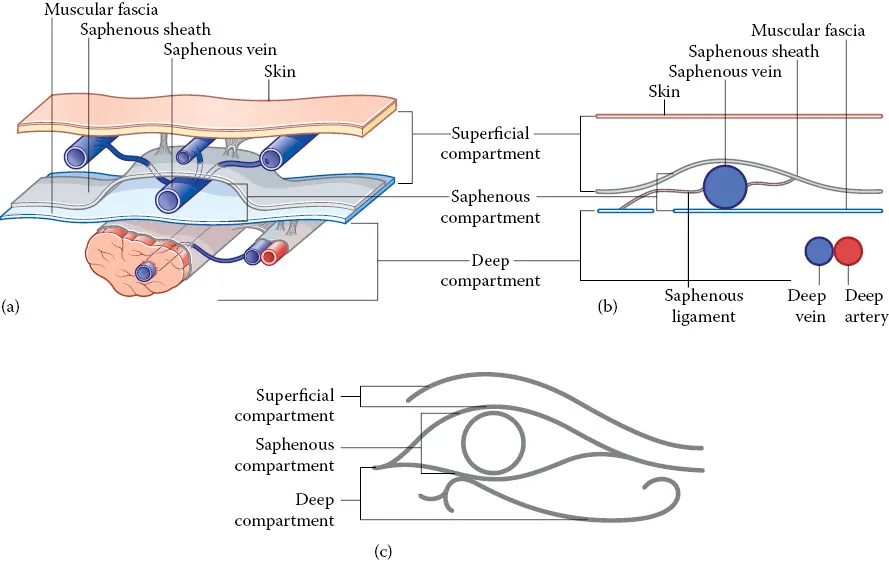
Venous Ultrasound
Joseph A. Zygmunt Jr., Joseph A. Zygmunt Jr.
- 229 Seiten
- English
- ePUB (handyfreundlich)
- Über iOS und Android verfügbar
Venous Ultrasound
Joseph A. Zygmunt Jr., Joseph A. Zygmunt Jr.
Über dieses Buch
Venous Ultrasound 2e is the essential text for anyone involved in the treatment of chronic venous disease. It provides specific information on ultrasound as it is applied to chronic insufficiency, including history, general techniques, examples of anatomy, and protocols for performing ultrasound on patients, and discussions on key aspects of interpretation of sonographic findings.
Updated to include the outcome and impact of three recent studies, the ATTRACT trial, the EVRA study, and the VIDIO imaging trial. An entire chapter is dedicated to iliac venous and stent imaging for those interested in expanding practice based on the mentioned studies. Also included is specific protocol for imaging of the pelvic area with focus on the pelvic congestion and reflux affecting this anatomic area. This text demonstrates that as imaging techniques improve, so too will the understanding of venous pathologies increase and the burdens of their respective pathologies. Pelvic Congestion, iliofemoral and late stage disease can be interrogated with a non-invasive approach using the techniques included prior to interventional procedures.
This fully updated new edition includes coverage of new ablation techniques which include non- thermal and non- tumescent therapies for venous insufficiency – these have unique ultrasound properties on what to see, look for and observe in intra and post- operative situations.
Focusing on the fundamentals that every phlebologist needs to know, the color illustrations and numerous line drawings complement the text for a complete learning experience.
Key features:
- Covers anatomy related to venous insufficiency and obstruction
- Protocols with step by step approaches for those new to certain exams
- Includes useful diagrams and images to aid understanding
- Thoroughly up to date, with all the latest information for those practicing venous therapies
Venous Ultrasound 2e is valuable for sonographers and physicians alike; including phlebologists, general and vascular surgeons, physicians, radiologists, angiologists, interventional cardiologist, mid-levels, and nurses who work in this area.
Häufig gestellte Fragen
Information
| Table 1.1 New nomenclature of key veins | |
| New term | Old term |
| Femoral vein | Superficial femoral vein—eliminated |
| Great saphenous vein (GSV) | Long saphenous vein (LSV)—eliminated |
| Inguinal confluence | Saphenofemoral junction—still used |
| Posterior accessory of the GSV | Posterior arch vein-eliminated Vein of Leonardo-eliminated |
| Small saphenous vein (SSV) | Lesser saphenous vein (LSV)—eliminated |
| Thigh extension of the SSV | Giacomini vein—still used |
| Posterior tibial perforating veins | Cockett vein—decreasing use |
